Thinking about plastering your walls but unsure about the cost involved?
We explore what plastering is and the different types available, including traditional plastering, skim plastering, and dry lining plastering.
We discuss the factors that affect the cost of plastering, such as the size and condition of the wall, as well as the location.
Delve into how the cost of plastering is calculated, including the cost per square meter, per hour, and per project.
Get information on the average costs of plastering a wall and tips on saving money on plastering costs.
If you’re looking to spruce up your walls, keep reading to find out everything you need to know about plastering costs.
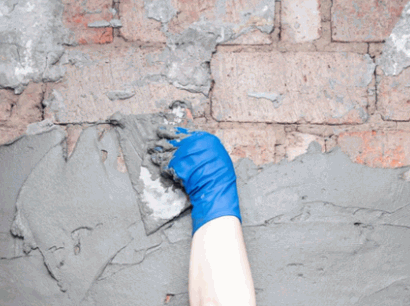
What Is Plastering?
Plastering is a construction technique widely used by homeowners and professionals to create smooth finishes on walls and ceilings, employing various materials and techniques to achieve the desired texture and durability.
Traditionally, plaster is made by combining hydrated lime, sand, and water, offering both aesthetic appeal and structural benefits. Gypsum plaster, on the other hand, is popular for its easy application and quicker drying time. Some modern variations include acrylic and synthetic plasters that offer enhanced flexibility and water resistance. The importance of plastering in home construction cannot be overstated, as it not only provides a polished look but also acts as a protective layer for the underlying structure, enhancing durability. Different techniques like float and trowel are used to achieve different finishes, ranging from smooth to textured surfaces.
Check out: How To Repair Plaster Walls

What Are The Different Types Of Plastering?
There are several types of plastering methods that professionals use, each with its own specific materials and application techniques, including Traditional Plastering, Skim Plastering, and Dry Lining Plastering.
Traditional Plastering
Traditional Plastering involves the application of multiple layers of plaster to walls and ceilings, using materials such as lime, gypsum, or cement to achieve a durable and smooth finish.
Each layer is carefully applied by skilled craftsmen, allowing for a seamless integration between the plaster and the surface it covers. The process requires precision and patience, as each layer needs to dry before the next one is added.
One of the key advantages of traditional plastering is its breathability, allowing moisture to evaporate naturally, which is particularly beneficial in older homes where moisture issues are common. This natural ventilation helps regulate humidity levels and prevent mold growth.
Traditional plastering is often the preferred method for restoration projects, as it can closely match the original aesthetics and textures of historic buildings. With the right expertise and materials, traditional plastering can recreate the timeless elegance and charm of bygone eras.
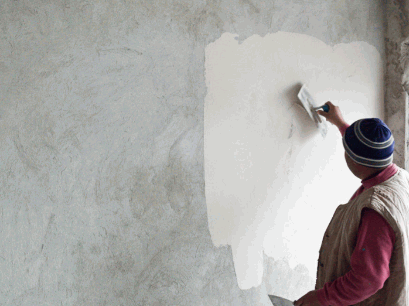
Skim Plastering
Skim Plastering, often performed by a professional plasterer, involves applying a thin layer of plaster to walls and ceilings to create a smooth finish.
One of the key advantages of skim plastering is its ability to provide a flawless surface, ideal for painting or wallpapering, without the need for extensive preparation work.
Unlike traditional plastering techniques which may require multiple layers and drying times, skim plastering can be completed relatively quickly, making it a popular choice for renovations or quick updates.
It is a technique that demands precision and expertise to achieve a seamless look, which is why it is typically advised to be done by a skilled professional.
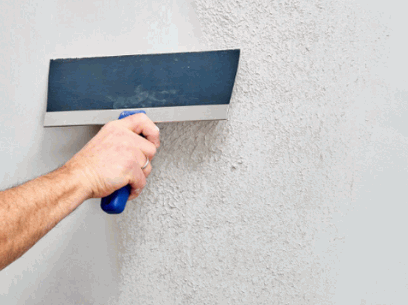
Dry Lining Plastering
Dry Lining Plastering involves the use of plasterboard or drywall to quickly create smooth surfaces in a room, making it a popular choice for modern constructions.
One of the key aspects of dry-lining plastering is its efficiency. By using plasterboard, the process of creating even and ready-to-paint surfaces is expedited, saving time and labor costs.
Furthermore, dry-lining plastering offers additional benefits such as improved thermal insulation and soundproofing, enhancing the overall comfort and tranquility of the living or working space.
Its versatility makes it suitable for various applications, from residential homes to commercial buildings.
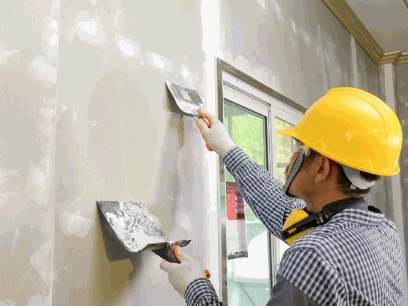
What Are The Factors That Affect The Cost Of Plastering?
Several factors can influence the costs of plastering, including the size of the wall, the type of plastering required, the condition and location of the wall, and whether a professional plasterer is hired.
Size Of The Wall
The size of the wall directly impacts the overall plastering costs, as larger surfaces require more materials and labor, typically calculated per square foot.
For instance, a small wall of around 100 square feet might cost between $800 to $1,200 for plastering, including both materials and labor. On the other hand, a larger wall spanning 300 square feet could range from $2,000 to $3,500. These costs vary based on factors such as wall texture, accessibility, and additional preparation required. Therefore, it’s crucial to consider the dimensions of the wall when estimating plastering expenses.
Type Of Plastering
The type of plastering chosen, such as Traditional Plastering, Skim Plastering, or Dry Lining Plastering, can significantly influence the cost due to differences in materials and techniques.
Traditional Plastering involves the use of a mix of sand, cement, and water applied in multiple layers, requiring skilled labor and time.
Skim Plastering is a thinner coat applied over existing walls to provide a smooth finish, often used for aesthetic purposes, reducing the need for extensive preparation.
Dry Lining Plastering, on the other hand, entails fixing plasterboard directly onto walls, a quicker process compared to traditional methods.
The cost reflects these variations, with Traditional Plastering usually being the most expensive, followed by Skim Plastering and Dry Lining Plastering being the most cost-effective option.
Condition Of The Wall
The condition of the wall plays a crucial role in determining plastering costs, as walls that require extensive refinishing or repairs will increase the overall expense.
Common wall issues such as cracks, uneven surfaces, or water damage can significantly impact the final price of plastering. For instance, cracks in the wall may require filling and smoothing before applying plaster, which adds labor and material costs.
Walls with uneven surfaces may need additional preparatory work to ensure a smooth finish, leading to higher labor charges.
Water damage is another common issue that can escalate plastering costs, as it requires thorough drying and repair to prevent mold growth and achieve a durable plaster finish.
Location Of The Wall
The location of the wall, such as whether it is an interior or exterior wall, or a part of the ceiling, also affects plastering costs due to accessibility and labor complexity.
Regarding interior walls, these are typically easier to access and work on, requiring less time and effort from the plastering professionals, resulting in lower costs. On the other hand, exterior walls and ceilings pose greater challenges. Exterior walls are subjected to various weather conditions, requiring special attention and potentially more coats of plaster. Ceilings, with their overhead positioning, often necessitate specialized equipment and techniques, which can increase labor costs significantly.
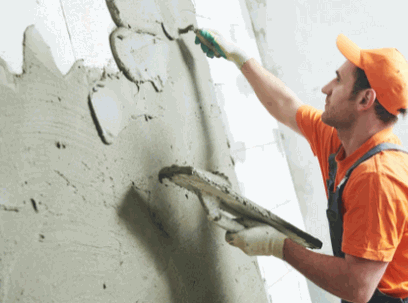
How Is The Cost Of Plastering Calculated?
The cost of plastering is calculated through various methods such as cost per square meter, cost per hour, cost per project, and additional costs that may arise during the procedure.
Cost Per Square Meter
Calculating the cost per square meter is a common method, where the total area to be plastered is measured and multiplied by the rate per square meter, including materials.
This calculation helps builders and contractors estimate the overall cost of a project accurately. For instance, if the rate per square meter is $50 and the total area to be plastered is 100 square meters, the total cost would be $5000.
Material costs such as paint, cement, and labor charges are typically factored into the rate to provide a comprehensive cost estimate. By breaking down the expenses into a cost per square meter, it becomes easier to budget and plan for the construction work efficiently.
Cost Per Hour
Cost per hour involves paying the plasterer based on the hours worked, which can be beneficial for smaller projects or when precise labor estimation is needed.
Hourly rates for plasterers can typically range from $50 to $80 per hour, depending on factors such as experience, location, and complexity of the project. It is important to consider the efficiency and skill level of the plasterer to ensure the work is completed within a reasonable time frame. Factors that influence the duration of plastering tasks include the size of the area to be plastered, the condition of the walls, and any additional preparation required. By paying attention to these considerations, one can effectively manage costs and quality when hiring a plasterer on an hourly basis.
Cost Per Project
Cost per project is a comprehensive pricing method where the plasterer provides a total price for the entire plastering job, considering all materials, labor, and additional costs.
One of the key advantages of determining cost per project for larger or more complex projects is the clarity and predictability it offers to both the plasterer and the client. By providing a flat rate that covers all aspects of the job, including materials, labor, and potential unforeseen expenses, both parties can have a clear understanding of the financial commitment involved. This method can help avoid any surprises or disputes over costs during or after the project, leading to smoother project management and client satisfaction.
Additional Costs
Additional costs in plastering can arise from factors such as the need for extra materials, unexpected labor, or dealing with unique surface types.
When planning a plastering project, it’s crucial to account for these potential scenarios to avoid budget surprises. An efficient way to anticipate additional costs is by overestimating the quantities of materials required. Unexpected labor costs can be mitigated by setting aside a contingency fund in the initial budget. If you’re working with surfaces that require specialized treatment, it’s wise to research and budget for any extra steps or products needed. By adopting a proactive approach to budgeting, you can ensure that your plastering project stays on track financially.
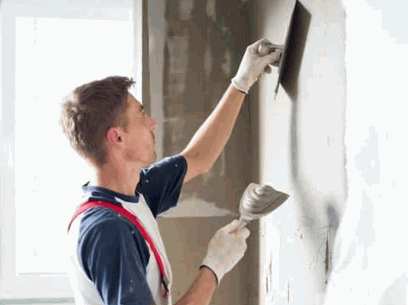
What Are The Average Costs Of Plastering A Wall?
The average cost of plastering a wall varies depending on the plastering method used, with Traditional Plastering, Skim Plastering, and Dry Lining Plastering all having different price points.
Traditional Plastering
Traditional Plastering generally has a higher average cost due to the multiple layers and specialized materials required.
For instance, the material cost for traditional plastering may vary based on the type of plaster used. Lime plaster is a common choice, which can cost around $10 to $20 per square foot. Labor charges for traditional plastering can range from $5 to $10 per square foot. These costs can add up quickly, especially for larger projects that require extensive plastering work.
Skim Plastering
Skim Plastering tends to have a moderate average cost, as it involves applying a thin layer to achieve a smooth finish.
One of the reasons Skim Plastering might be more cost-effective than traditional methods is due to the fact that it requires fewer materials overall. The thin layer of skim coat used not only reduces material costs but also minimizes the labor needed for application and finishing. The smoother finish achieved with skim plastering often results in less need for extensive sanding and touch-ups, which can save both time and money in the long run.
Dry Lining Plastering
Dry Lining Plastering typically has a lower average cost, owing to the efficiency of using plasterboard or drywall.
The reduced labor and material expenses associated with dry lining can significantly cut down overall project costs. This approach minimizes the need for extensive preparation work, as the dry lining can be directly fixed onto existing surfaces, saving both time and money during installation. The lightweight nature of plasterboards makes transportation and handling easier, further reducing transportation costs. In modern constructions where time and budget constraints are prevalent, the cost-effectiveness of dry-lining plastering has become a preferred choice among builders and contractors alike.
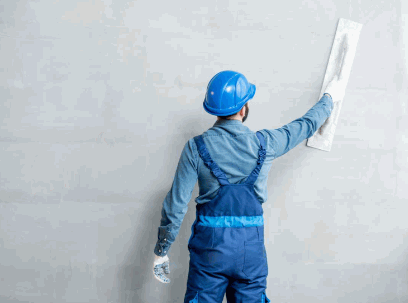
How To Save Money On Plastering Costs?
Saving money on plastering costs can be achieved through various strategies such as doing some of the work yourself (DIY), carefully hiring the right plasterer, and following a checklist to avoid unexpected expenses.
When considering DIY plastering, it’s essential to assess your skill level and the complexity of the project. Simple touch-ups or minor repairs can often be done without professional help, saving you money on labor costs. For larger projects or intricate finishes, hiring a skilled plasterer may be worth the investment to ensure a high-quality result.
A key advantage of hiring a professional plasterer is their expertise and experience, which can lead to a faster and more precise job compared to attempting it yourself. On the other hand, taking on the task personally can provide a sense of accomplishment and further savings on labor. It all boils down to your comfort level with the work involved and the desired outcome.
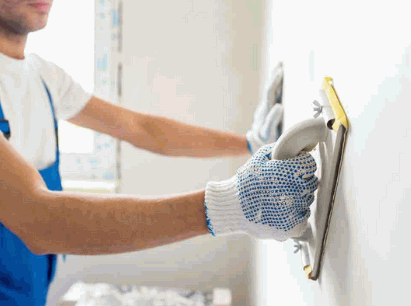

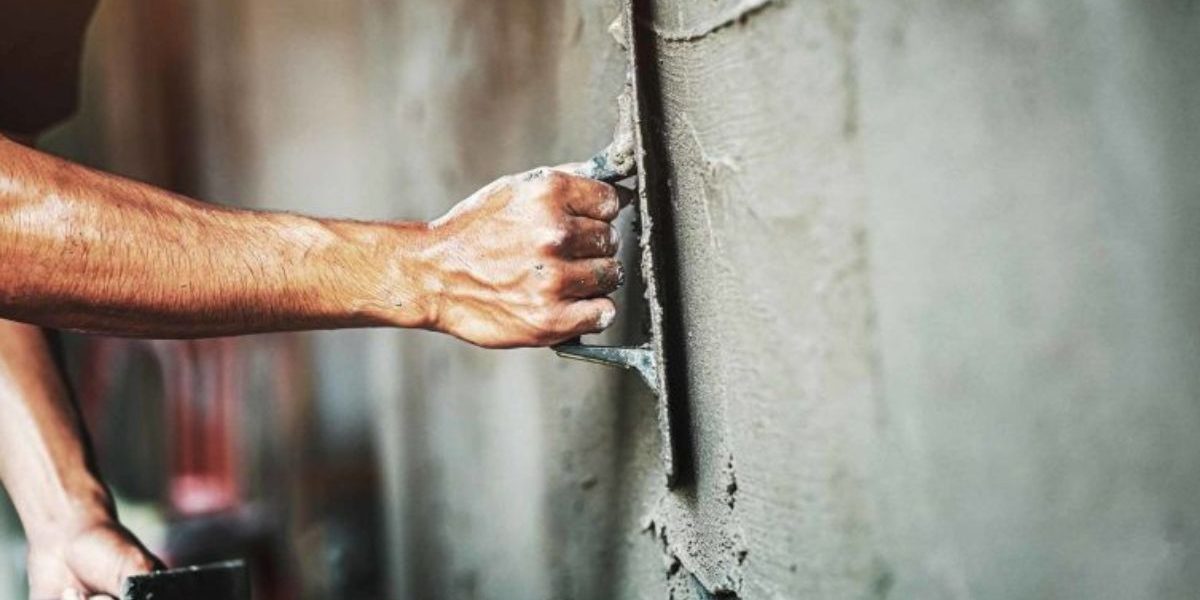
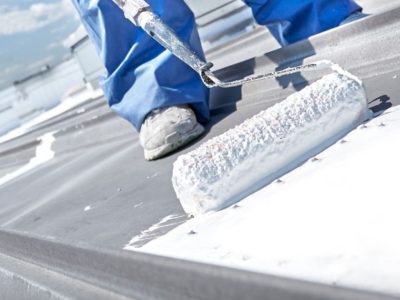

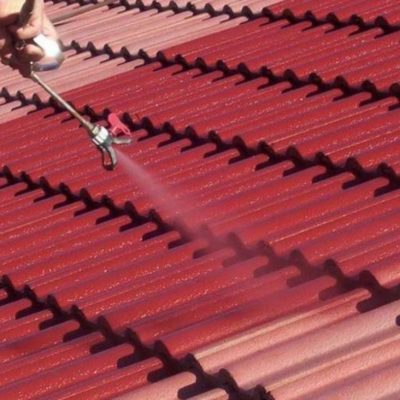
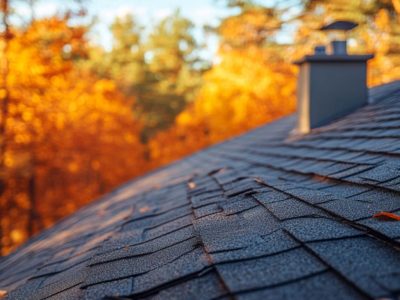
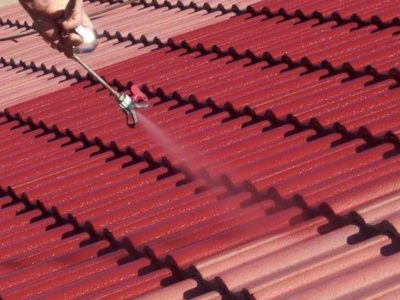

Comments